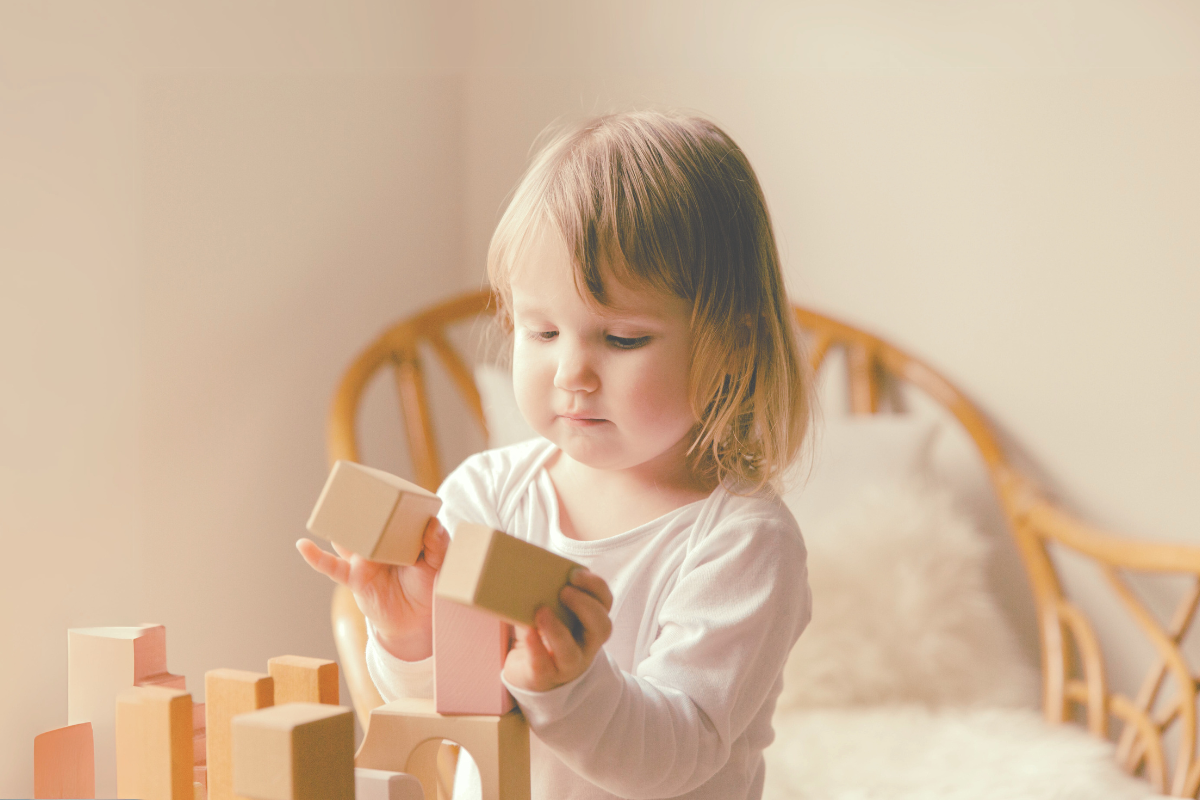Unlocking Potential: Why Are Motor Skills Important in Child Growth & Development?
Motor skills are fundamental to a child’s growth and development.
Not only do they pave the way for cognitive development and daily independence, but they also serve as the bridge between thought and action. By developing these skills, children can explore and interact with their environment.
Interested to learn more? In this article, we'll delve into the critical roles that motor skills play from infancy through childhood, highlighting their impact on cognitive abilities, physical growth, and self-care!
Understanding Motor Skills in Child Development
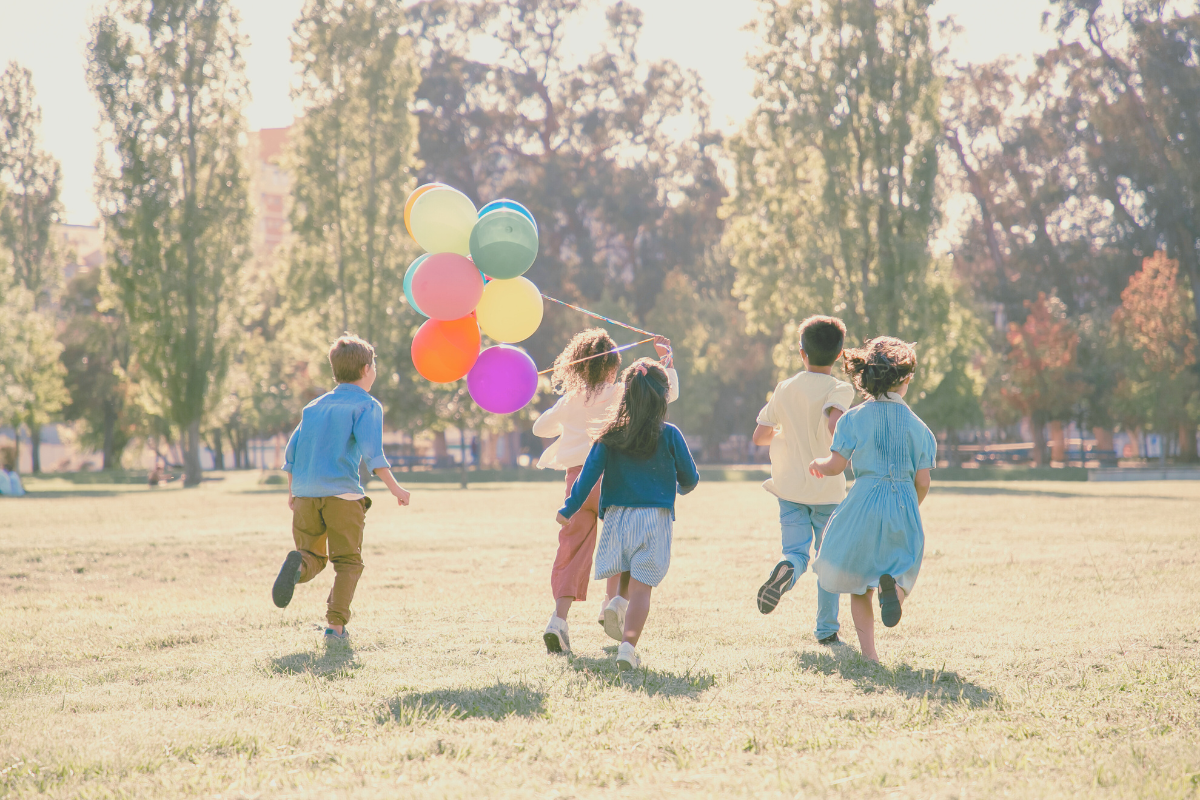
Imagine a child’s body as a bustling city, where motor skills are the traffic that flows through its streets, connecting the brain’s commands to physical actions.
We can't stress enough the importance of motor skills in a child's development. Motor skills fuel a child's healthy growth, promote independence, and build confidence in navigating the twists and turns of daily life.
From the tender age of a newborn, children embark on a lifelong journey of motor skill development. The process unfolds like a flower – from the core, controlling body parts like the head and limbs, to the petals, mastering the dexterity of hands and toes.
This progression isn't just about movement – it’s also about forming a strong foundation for independence.
As children engage with their environment, they also absorb knowledge. Over time, this contributes to their cognitive and behavioral development, allowing them to eventually be able to complete tasks independently and navigate the world by themselves.
The Two Categories of Motor Skills: Fine and Gross
There are two distinguished categories within the realm of motor skills: fine and gross motor skills.
Fine motor skills are the maestros of small movements, orchestrating the intricate dance of the smaller muscle groups. They’re the reason a child can pick up small objects or create a masterpiece with a crayon.
On the flip side, gross motor skills are the heavy lifters. They employ large muscles for the grand performances of running, jumping, and climbing, allowing kids to explore the world around them.
Gross motor development begins with foundational movements such as sitting up. As children grow, it evolves into complex activities like pedaling a tricycle or scoring a goal with a well-aimed kick, all contributing to gross motor skill development.
The Role of Motor Skills in Cognitive and Physical Growth
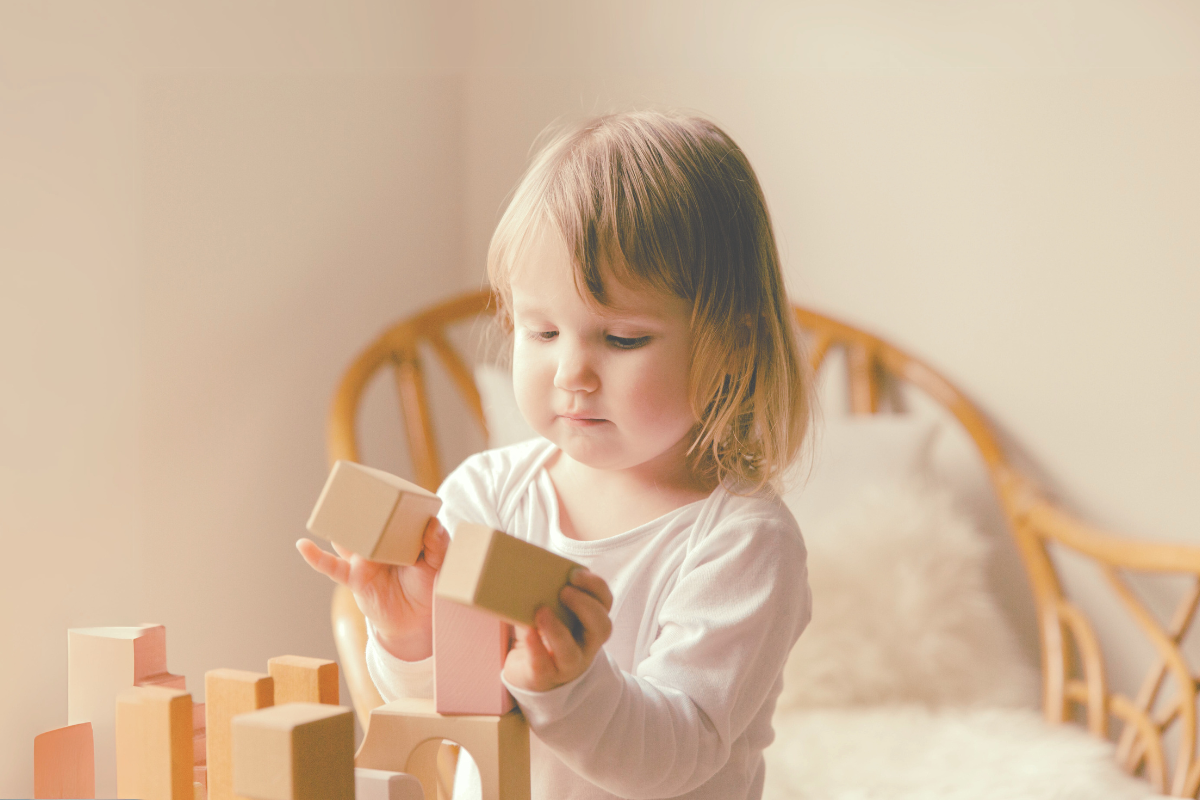
If you delve deeper into the connection between motor skills and cognitive growth, you’ll find a wondrous interplay that mirrors a well-choreographed dance.
Both fine and gross motor skills are intimately linked to cognitive abilities and executive functions such as memory and direction-following.
Neurophysiological research reveals that the brain regions responsible for cognitive and motor functions are closely linked from a very young age. The skills we develop in early childhood, like crawling and walking, don't just help us move around – they also set the stage for how we think and process information later in life.
This means that children with higher motor skills not only show more pronounced brain activation patterns but also exhibit increased accuracy in working memory tasks and decision-making. Additionally, motor skills also facilitate social interaction skills, which positively influences educational settings and academic outcomes.
Motor Skills and Problem-Solving Abilities
As children navigate physical challenges and obstacles, their motor skills also become fine-tuned problem-solving instruments. Motor behavior and environmental interactions are the puzzle pieces that, when connected, provide a boost in children's learning and problem-solving capacities.
Developing these skills is akin to a strategic game, where every movement is a decision that enhances a child's ability to solve problems. Due to this, the main advantage that children with advanced motor skills have is that they can focus their neural resources on cognitive everyday tasks.
In some cases, serious delays in motor skill development can lead to delays in cognitive skills. Some studies suggest that the cognitive struggles that children with cerebral palsy have may be connected to their movements-related impairment. As such, dealing with the latter through therapy and practice appeared to show significant improvements in cognitive abilities as well.
Physical Literacy and Motor Skill Development
Physical literacy is the alphabet of movement, teaching children the letters and words they need to compose a narrative of varied physical activities. It forms the basis for strong motor skills, guiding children toward competence and confidence in their physical abilities.
Age-appropriate guidelines suggest a spectrum of physical activity. Infants and toddlers are supposed to get at least 180 minutes daily, while older children are supposed to get 60 minutes. This benefits not only their motor development but also their physical development.
One issue that many parents face today is the widespread usage of screens.
A 2022 study showed that children who logged more than one hour of screen time daily experienced noticeable delays in multiple aspects of their development, including physical health, emotional maturity, communication, language, and social competence.
This is why we recommend limiting screen time usage and encouraging children to embrace more physical activity. Instead of keeping their eyes glued to the screen all day, they could be improving their coordination on a balance beam or challenging their strength on a climbing arch – anything that promotes skills and motor movement.
Building Blocks of Independence: Motor Skills' Impact on Self-Care

Motor skills are also important in building confidence in children. With newfound confidence, kids can do more activities with grace and self-assurance.
Here's how fine and gross motor skill development can impact a child's growing independence.
Nurturing Fine Motor Skills for Greater Control
Fine motor skills are the delicate hands that mold a child’s ability to do precise movements in everyday tasks like manage small items, wield cutlery, and practice dental hygiene.
Luckily, even everyday routines can be transformed into stages for fine motor skill development.
You can incorporate simple, enjoyable tasks to get the small muscles of your child's muscular system moving. For example, you can start by giving your young child toys like playdoughs, model figures, and shapes. As they get older, they'll automatically move on to more complex things as they improve their manual dexterity and hand-eye coordination.
Also key to nurturing fine motor skills are activities that support hand dominance, bilateral integration, and tactile exploration. These activities offer children a greater sense of control over their world, letting them learn new skills in the process.
Improving Gross Motor Skills for Exploration
Gross motor development is another aspect that makes motor skills important.
The narrative of gross motor skills unfolds from foundational abilities like independent sitting to grand adventures such as bike riding and ball kicking. To actively support this development, a mix of indoor and outdoor activities can serve as a playground for motor skills, from obstacle courses for crawling infants to sports for older children.
Identifying and Supporting Motor Skill Milestones
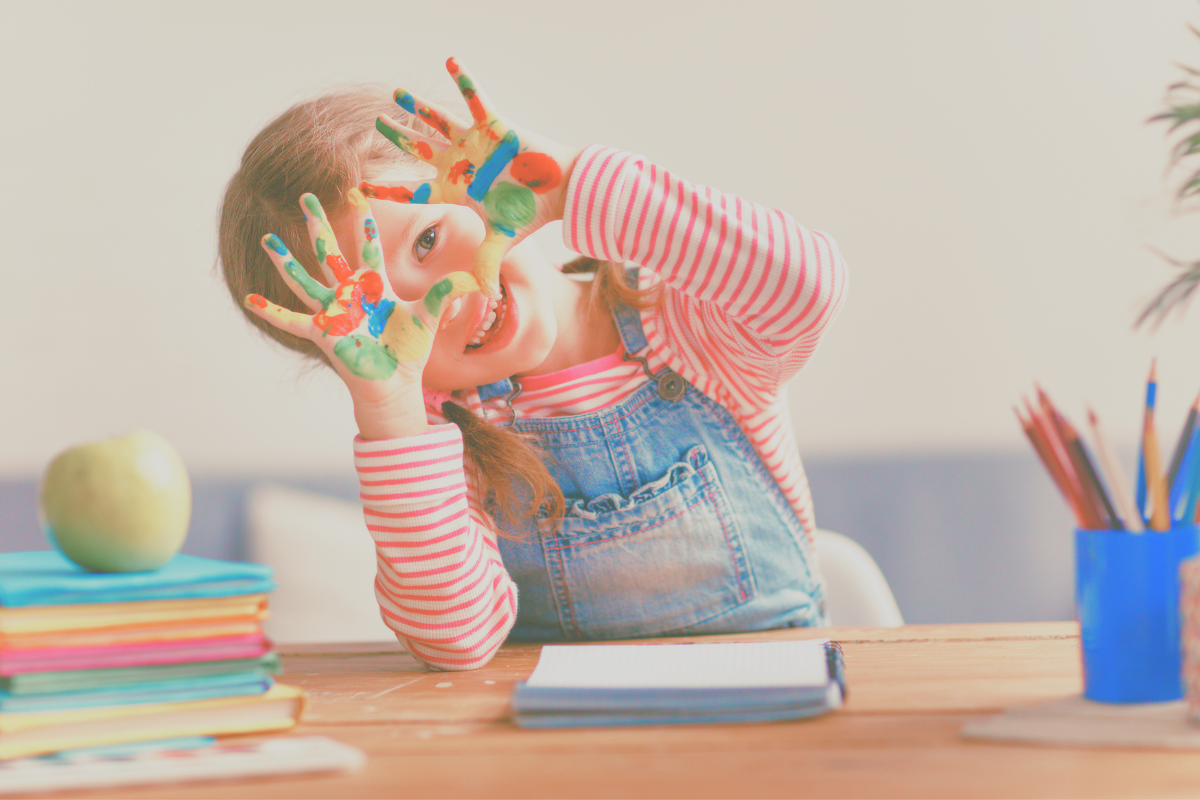
Motor skill milestones are the guideposts along a child's developmental journey, highlighting the growth of their bones and muscles and their ability to move and interact with the world.
These milestones serve as indicators of a child’s motor development, from the early stages of rolling over and crawling to the later stages of running and climbing.
That said, it's important to recognize that although milestones are there to provide a ballpark figure, they don't necessarily have to be achieved in a predetermined sequence.
Each child's pace is unique, and they will achieve their milestones on their own pace. Some children will take their first step before they even speak their first word. Others will be speaking in full sentences before they even turn one.
Tracking Progress
Tracking a child’s progress in motor skill development is basically charting a map of their growth. Parental and caregiver attentiveness can significantly bolster a child’s journey to reaching these developmental landmarks.
-
0-1 month. Infants showcase their initial skills by lifting their heads and showing reflexes in the first few months, signaling the beginning of their motor journey.
-
4 months. As they reach around 4 months, babies get the ability to grasp and hold objects. This marks a pivotal step in early motor skill acquisition.
-
6-12 months. Between 6 to 12 months, infants hit significant milestones such as sitting without support and crawling on flat surfaces like the floor.
-
1-3 years. Toddlers from 1 to 3 years expand their horizons by walking and climbing, along with fine motor skills like scribbling.
-
2-5 years. Children between 3 to 5 years old demonstrate improved control and coordination, showcasing their burgeoning gross and fine motor skills.
Active Play and Learning
The playground of active play and learning is where children’s motor skills flourish.
-
Physical activities. Engaging in activities such as dancing and swimming not only brings joy but also enhances coordination, balance, and strength, which are cornerstones of motor development.
-
Specific exercises. Specific exercises like walking on balancing toys and throwing balls can sharpen children’s gross motor skills, while toys, puzzles, and games encourage active play and limit screen time, promoting motor skill development.
-
Goal-oriented play. Thanks to its repetitive motions, goal-oriented play can help children refine their motor abilities, driven by their desire to master the activity.
Motor Skills as a Precursor to Academic Success
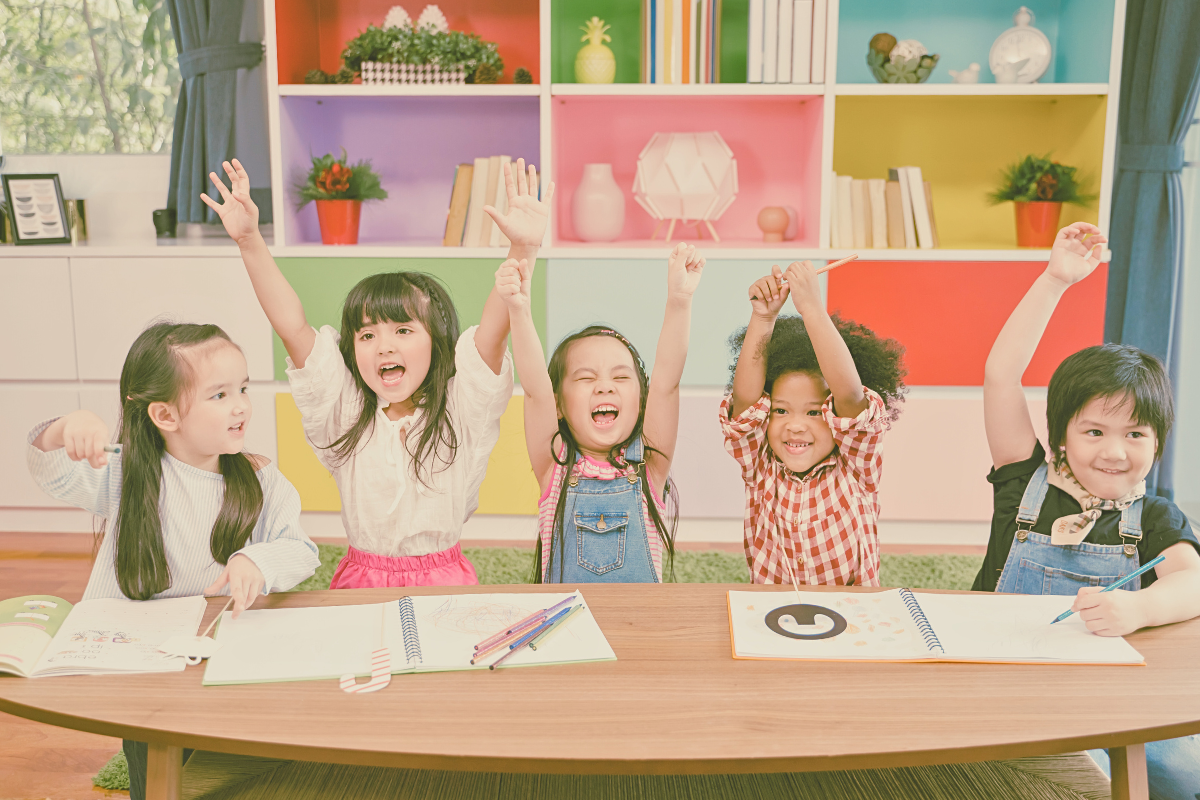
Motor skills are important in aiding academic success. For example, difficulties with fine motor skills can lead to challenges in academic tasks such as writing and cutting, impacting a child’s performance and self-confidence.
Here's why developing a child's motor skills is important for their academic success.
The Connection Between Cognitive and Motor Development
The bridge between cognitive and motor development is built on the foundation of physical movement.
Motor skill development in children supports cognitive functions that are crucial for academic learning such as calculation, reasoning, and comprehension. Participation in gross motor activities is associated with cognitive development, including improved executive functions, which play a pivotal role in academic success.
Children with more proficient motor skills show greater brain activation in areas involved in memory tasks. In addition, developing a child's motor skills can enhance their concentration and engagement in school, leading to better academic outcomes.
That's because engaging in physical activities can lead to an increased concentration of oxygen in the prefrontal cortex, which also benefits tasks that require working memory.
Why Motor Skills Matter in Education
The significance of motor skills extends to the classroom and beyond, where they influence a child’s ability to concentrate, sit still, and engage with classroom activities.
The development of fine motor skills is linked to academic readiness and success, enabling children to perform tasks such as writing and using a computer mouse. Strong motor skills correlate with better academic achievement, particularly in areas like math and reading.
Gross motor skills enable children to navigate the school environment safely and participate in activities such as sports and physical education, while hand-eye coordination assists with tasks that require precision.
Early Intervention and Professional Support for Motor Skills

Sometimes, not everything goes according to plan. And just like everything else related to child development, it's important to know when you need intervention and professional support for your child's motor delays.
Recognizing Signs of Motor Delay
Motor delay refers to a slower rate of developmental milestones, typically in the gross motor skills area.
Standardized motor developmental milestones serve as a valuable tool for identifying children who may need additional support.
Signs of gross motor delay include difficulties with major movements like walk or running. Some children may also find it hard to even sit up. On the other hand, children with fine motor delays may struggle with tasks like dressing themselves or controlling small objects.
Accessing Resources for Motor Skill Development
Recognizing signs in early childhood allows parents to seek professional advice and support, ensuring their child receives the help they need to develop their motor skills effectively. Here are some resources for delayed motor skill development:
-
Pediatricians. Your pediatrician is the first step to confirming whether your child has developmental delays or not. Pediatric doctors evaluate kids to identify motor skill delays and provide necessary referrals to medical specialists.
-
Therapists. Therapists integrate therapeutic activities into a child’s daily life, enhancing motor skill development. Different specializations deal with different problems. Occupational therapy aids children with fine motor challenges, preparing them for school. Physical therapy addresses issues like abnormal muscle tone, which can adversely affect movement and overall development. Lastly, speech therapy helps with oral-motor delays.
-
Other Healthcare professionals. Parents can also seek guidance from neurologists, and developmental centers to obtain more understanding and knowledge of their children's development.
How to Create a Stimulating Environment for Motor Skill Growth
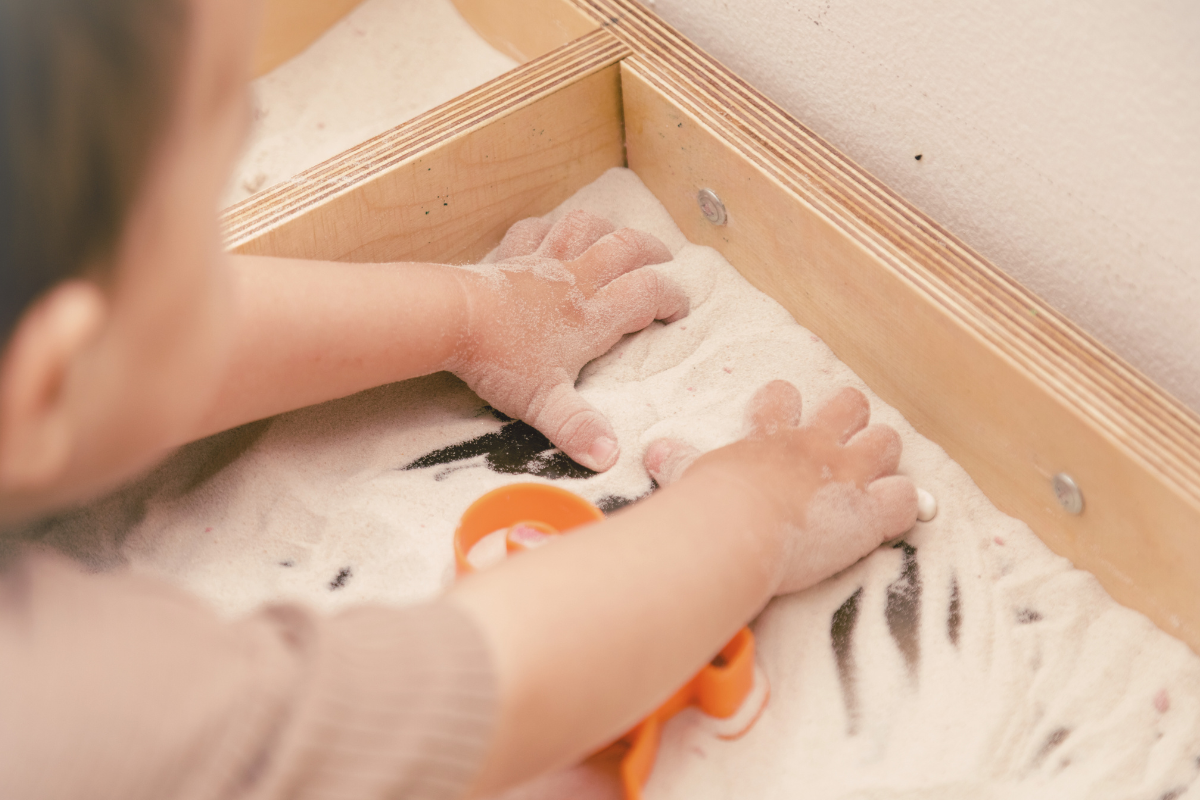
To nurture the growth of motor skills, it's important for parents to create a safe and stimulating environment for their kids. Such environments ensure children can explore and engage in play without fear of injury, fostering a sense of security that is vital for their physical, cognitive, and emotional growth.
As parents, here are some ideas that you can use when encouraging your children to participate in physical activities and limit their screen time.
-
Create safe spaces. Ensuring a secure play area free from potential hazards is essential for children to safely develop their motor skills. Continuous supervision and regular safety checks of the play area are critical measures to maintain a safe environment for children to practice and master their motor skills.
-
Introduce beneficial toys. A treasure trove of toys and tools holds the key to unlocking a child’s motor skill potential. For instance, toys for babies can also help them practice precise movements like the Poppyseed Play Silicone & Wood Teethers. Meanwhile, older children will benefit from larger, more physically active toys like the Poppyseed Play Wooden Balance Board or the Poppyseed Play Foldable Climbing Arch.
-
Encourage structured physical activities. Active play through structured daily activities carves out the path for significant enhancements in a child’s gross motor abilities. Achieving a balance of interactive toys and dynamic activities can help you lay a comprehensive foundation for the development of both fine and gross motor skills in children.
Summary
As the curtain falls on our exploration of motor skills in child development, we reflect on the pivotal role they play in every facet of growth.
From the precise movements that enable independence in self-care to the robust activities that foster cognitive and academic excellence, motor skills are the threads weaving the tapestry of a child’s life.
Nurturing these skills through attentive care, playful engagement, and accessible support sets the stage for a symphony of development. With parental support, each child can confidently compose their unique narrative of growth and discovery.
Frequently Asked Questions
What is the importance of motor development?
Mastering gross motor skills is crucial for kids' physical development and helps them move smoothly and efficiently - think of it as the foundation for future sports stardom and playground prowess! So, get those little ones practicing their moves early on and watch them conquer the monkey bars in no time!
Why is play important in motor skills development?
Play is essential for developing motor skills because it helps kids learn to move, balance, and lift objects, laying the foundation for a healthy and active lifestyle as they grow up. So, let the little ones play, it's all for the sake of their bones and muscles! No need for those tiny dumbbells just yet.
What are the first signs of motor skill development in infants?
Watch out for those tiny tots! In the first few months, they'll start lifting their heads and making reflexive movements as they take their first steps into the world of motor skills. Keep an eye out!
How can I help my child improve their fine motor skills?
Get ready to have some fun with playdough, beads, and tongs! By playing with these items, your child can improve their hand-eye coordination and fine motor skills in a jiffy. So, go ahead and let the games begin!
What activities support the development of gross motor skills?
Encourage your child to play on swings, crawl through obstacle courses, and participate in sports like soccer and baseball to develop their gross motor skills and keep them active and laughing.
